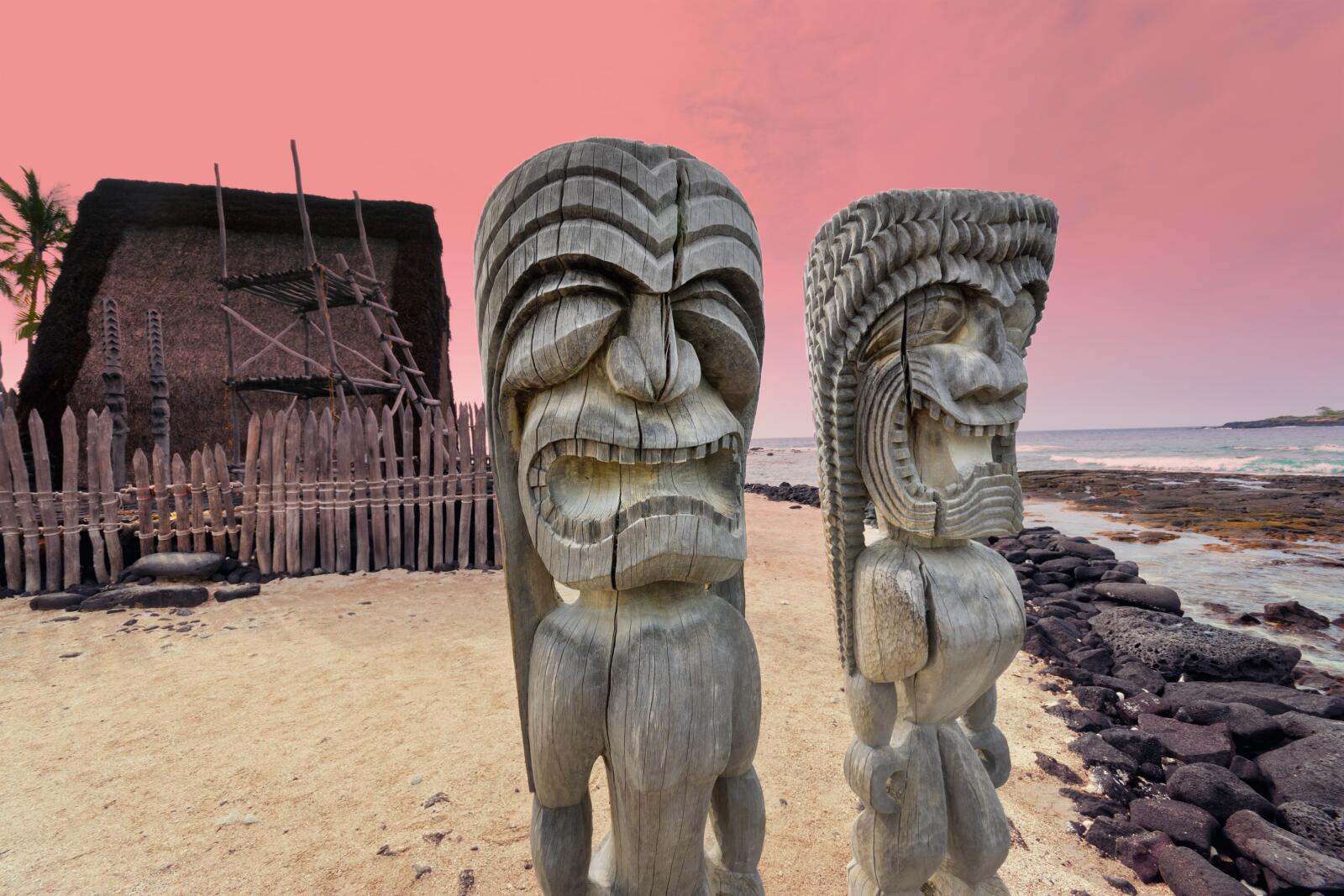Hawaiian Arts & Craft
The spectacular beauty of the islands has been inspiring Hawaii art and craft for generations. The skilled local people have been developing their crafts for centuries and express the spirit of aloha in a variety of mediums depicting light, shadow and colour including paintings, prints, sculptures, etching, photographs and film as well as carvings and textiles. Whether created to sell, for family, to display or just to keep for themselves, these artisans create masterpieces that continue to endure the test of time.

Each island offers a variation on Hawaii art and craft, with the changing landscapes and atmospheres influencing the work produced there. For example, Kauai's lush landscapes produce striking and sophisticated artworks while Maui continues the tradition of ivory carving, Oahu blends the modern with the ancient and the Big Island offers fiery creations. Whichever island you visit, each offers a unique and beautiful Hawaii art and craft scene.
Perhaps the two most well-known Hawaii art and craft pieces are the lovely floral leis and the distinctive textiles and quilts. Leis are a quintessential part of the Hawaiian islands and are floral, feather, shell, seed, paper and bead garlands that are worn around the neck. It is a sign of welcoming to bestow a lei upon someone and removing it, particularly in public is seen as offensive, especially to the person who gave it to you. Leis are made by stringing a number of flowers, leaves and other decorative materials onto a strong thread such as fishing line. The most common flowers used to make leis include orchids and plumeria although sometimes silk blooms are also used.
Hawaiian quilts are made from a couple of contrasting fabrics and colours and feature distinctive designs of large single piece symmetrical appliques. Using imagery such as marine life, pineapples and hibiscus, the appliques are created by folding the material and cutting shapes into it before unfolding it to reveal the design. The applique is then stitched on to the larger amount of fabric following the edges of the applique.
